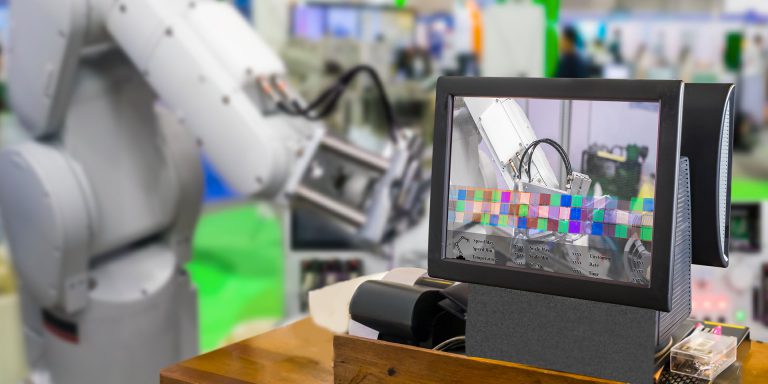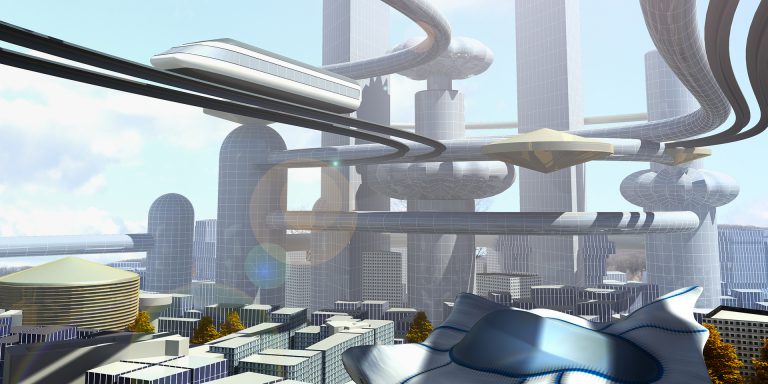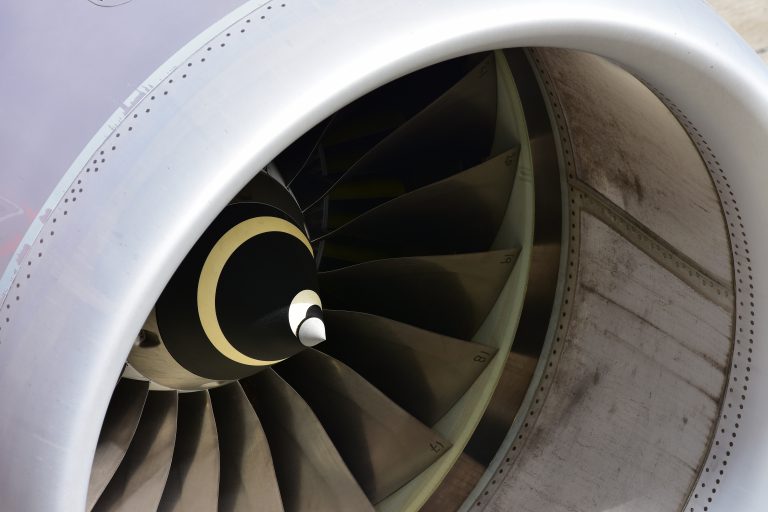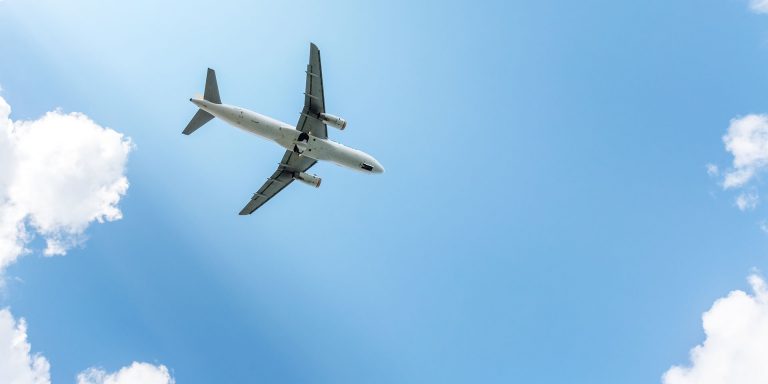Four innovations set to revolutionise plane cabins
Cabins convey the brand of airline companies and are therefore at the heart of what’s at stake for competitiveness. There are more and more innovations aimed at making them an even more pleasant experience for passengers that is efficient to operate and minimizes the impact to the environment.
The aeronautical sector is faced with a size issue: the upsurge in passengers which has prompted a forecast of twice as many flights by 2020.
Rethinking airplane cabins is one of the levers to address this challenge. It’s all about better managing passenger flows and bringing economic alternatives to the fore (cost, weight, …) while enhancing passengers’ inflight experience—all at once. The cabin is therefore at the heart of the competitiveness of airline companies.
Teams from Altran Germany are simultaneously working on digital innovations to facilitate improved comfort for passengers and efficiency for flight personnel. Peter Fintl, director of technology and innovation for Altran Germany, shares the details of four promising innovations with us.
1 – The autonomous cabin trolley
Altran has developed an automated cabin trolley that can serve drinks and meals independently and retrieve passengers’ garbage. Its sensors detect each seating row and it automatically stops at the right spot. It can also be remotely piloted by inflight personnel with an app. “The objective is to give flight attendants more time for important tasks like passenger interaction and security,” explains Peter Fintl.
Eventually, the trolley will be capable of being pre-filled with desired foods as informed by passengers when they book their tickets. It will therefore be the one autonomously delivering orders to the right people instead of inflight personnel.
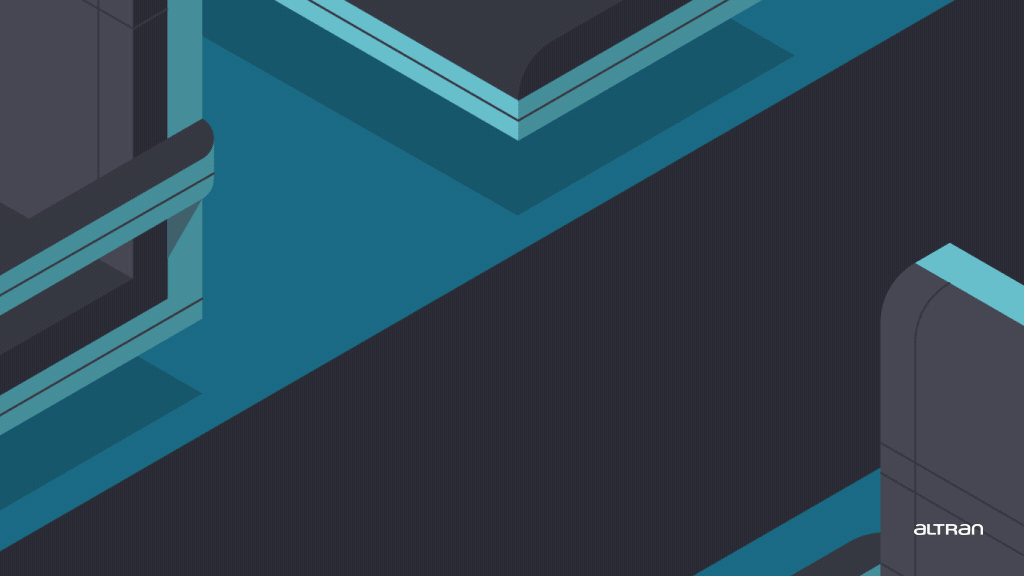
2 – Seats designed and printed in 3D
“3D printing is a means of reducing the environmental footprint of the aeronautical industry”
Peter Fintl, Director of Technology and Innovation, Altran Germany
Aircraft manufacturers have two main levers to reduce plane weight: use of new composite materials (metal alloys, carbon fibre, etc.), which have the advantages of being both solid and light, as well as the application of new design and production methods like bionic construction principles and additive manufacturing.
In this regard, Altran presented a prototype of an aircraft seat manufactured fully utilizing 3D printing methods: light, comfortable, and above all, it can be produced at an attractive price.
Says Peter Fintl, “3D printing is a mean of reducing the environmental footprint of the aeronautical industry–by using less primary material for manufacturing–as well as that of airline companies by reducing cabin weight and, consequently, the amount of fossil fuel needed to fly planes.”
3 – A virtual reality headset
The cabin is the number one lever for company differentiation because it represents the major interface with consumers. They therefore need to provide an exceptional experience. “This is done by setting up an entirely digital ecosystem that provides both more fun stuff and more information on-board to help organize your trip upon arrival. This goes way beyond the traditional films and videogames offered today for in-flight entertainment,” explains Peter Fintl.
In this connection, Altran is working on the design of a virtual reality headset that would give passengers a sneak preview of some of the mythical locations at their destinations. “At a specialized expo in Hamburg, we therefore provided a demo of a guided virtual visit of Broadway, the famous New York avenue.”
In the cabin of the future, passengers will also be able to continue access all services and information to have their trip organized: reserve a hotel, rent a car, check on journeys, and buy transportation tickets and so forth right from their seat. This connected digital environment will also allow them to interact with their own devices: smartphone, tablet, computers, and so on. “The idea is that they can organize their environment right down to the smallest details, as if they are at home or at the office,” comments Peter Fintl.
4 – A connected watch
To help flight attendants with their duties, Altran has developed an intelligent watch that permits them to communicate with each other and to put most frequent tasks directly at their fingertips: change the cabin temperature, switch lights, report a problem, submit a operations message, etc. “This will make their lives simpler, and operations will be easier and more effective, all creating a better passenger experience,” summarizes Peter Fintl.
Four major innovations, and indeed promises, that the flight experience will change radically in the years to come. “Airline companies have to provide a unique experience for passengers right from when they plan their trip until the final destination.”
You can see these innovations at the International Paris Air Show from June 19-25, 2017 at the Parc des Expositions du Bourget.



